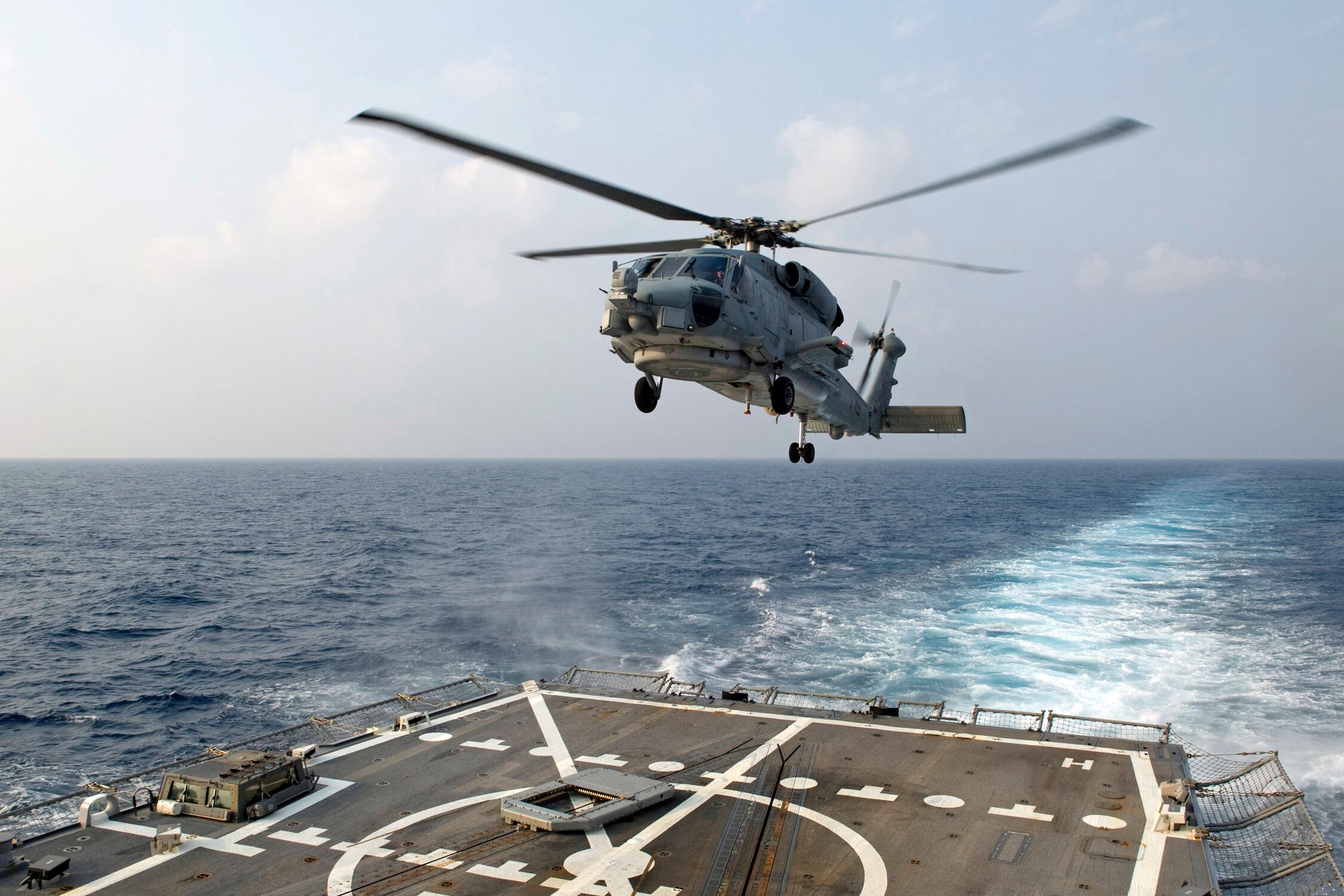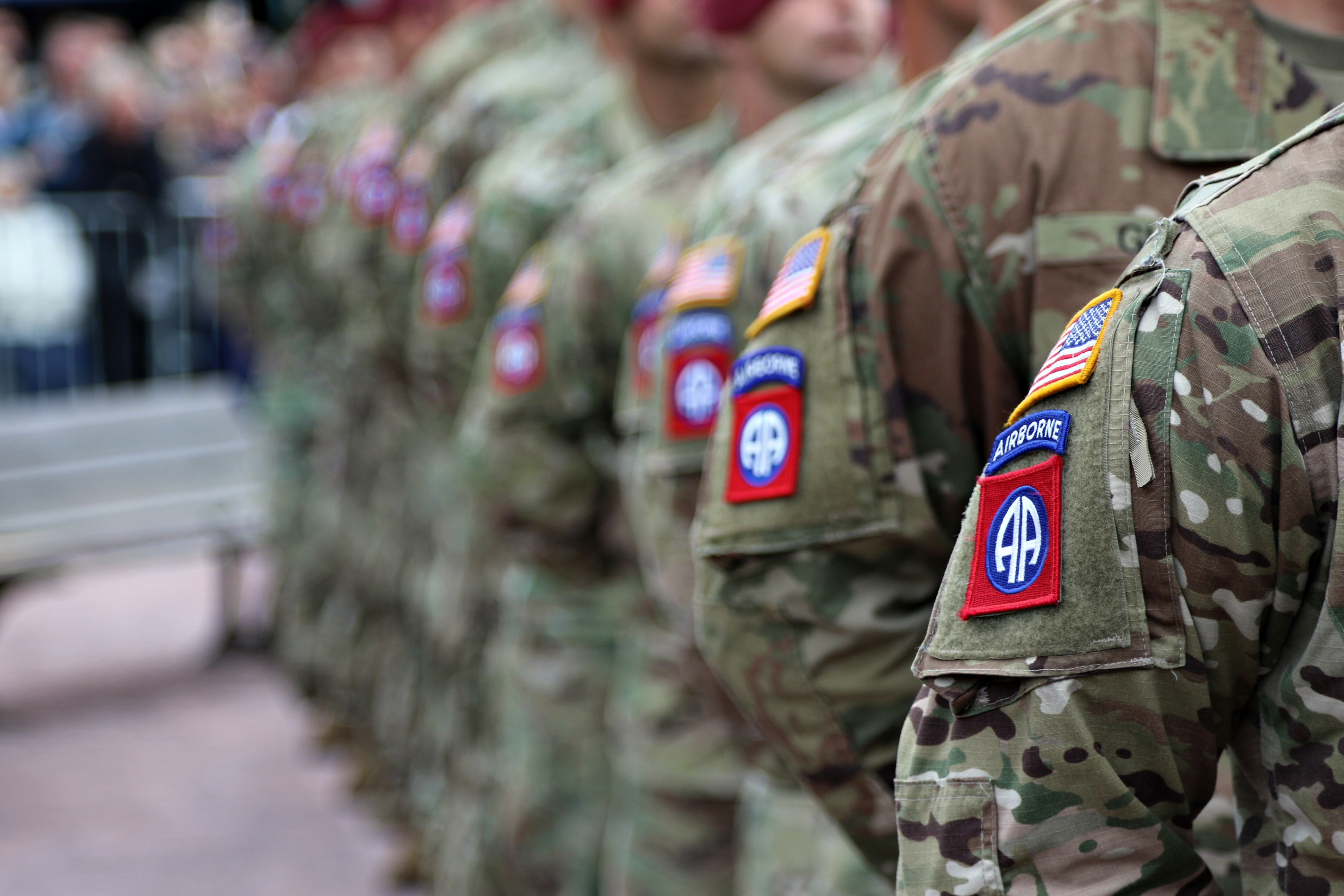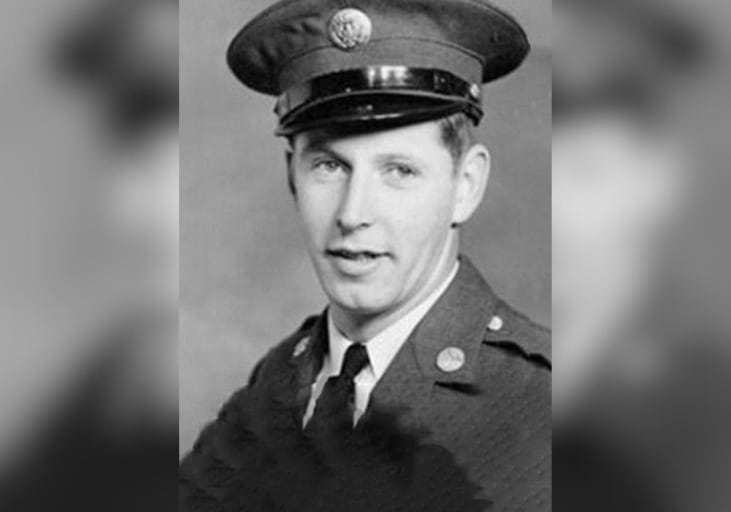Landing on a surface combatant's one-spot helicopter pad is hazardous duty, where rolls from side to side and waves are all too common.
The Navy received at least 15 hazard reports on waves coming over the low-freeboard flight decks on frigates and destroyers from 1983 to 2014 and these are only a small portion of the close calls, according to current and former pilots and aircrewmen, who responded to a July 6 Navy Times special report on the issue. Some said they'd seen a wave crash over the flight deck after a hard turn — or knew someone else who had.
After three decades of close calls and one catastrophe that took two pilots' lives, the Navy put maneuvering restrictions on destroyers during flight operations.
Throughout the active duty and retired communities, many pilots and aircrew have experienced a wave coming over a flight deck after a hard turn, or if they haven't, they know someone or have were of someone who's seen it.
The Navy received 15 hazard reports on flight deck waves on destroyers and frigates, from 1983 to early 2014, but one retired aviation electrician's mate told Navy Times he had experienced or heard of waves that weren't reported.
"When the aircraft got hit with the wave, we were doing counter-drug ops somewhere in the Eastern Pacific," said retired Aviation Electrician's Mate (SW/AW) 1st Class Jeff Apol on June 30. "I heard the rotor pitch change, and I felt the aircraft shudder, and I looked up and there was big wall of water running down the left side of the aircraft."
That was an SH-60 Seahawk aboard the frigate McInerney in 2004, during a deployment while he was assigned to Helicopter Anti-Submarine Light Squadron 48.
Waves and rolling, often caused by the maneuvering of the ship they're landing on, are frequent hazards that pilots must endure. In addition, some said that time pressures and a lack of training can lead to dysfunction and even danger for air crews, factors in the 2013 William P. Lawrence tragedy that took two pilots' lives. Time pressure and miscommunication or a lack of training are frequent cases are miscommunication between the flight deck and the pilothouse can lead to dysfunction and even danger for air crews.
One pilot recalled an incident when his SH-60B was chocked and chained to a frigate that began a turn to get "on station soonest," causing the helo's landing gear to jump several inches off the deck.
"This was not the first time in my career that the desire to meet a 'deadline' could have resulted in a tragedy," said the active-duty pilot, who asked for anonymity out of fear of career repercussions. spoke to Navy Times on the condition of anonymity. "I have never been more frightened in an aircraft than on that day. I could do nothing to influence the situation."
Afterward, the pilot said, he began training bridge watchstanders.He said he responded to it bycoordinating with the junior officers of the deck to do helicopter and familiarization training, visually explaining to them what happens during the helo ops and what can go wrong. responsible for the ship's safe navigation,on helicopter andto do helicopter? and flight deck operationsto do helicopter and familiarization training, visually explaining to them what happens during helo ops and what things can go wrong.
But an SH-60B pilot who spoke to Navy Times said that as air boss aboard a frigate, he was able to sit down with every officer of the deck on the ship and explain the situation.
He recalled that once, while chocked and chained on a frigate that had been ordered to get "on station soonest," the ship's turning caused his helo's landing gear to come up several inches off the flight deck.
He also shared the terms that aviators use, so that they would all be speaking the same language while speaking on the radio during flight ops.
It was successful, he said, because he worked with the ship's captain to create a close relationship with the air department, integrating the pilots and aircrew into the ship's operations as much as possible.
"The aviators owe it to themselves, and their future shipmates, to actively assist the [surface warfare officers] during their initial aviation training, while they work on their surface warfare pin, as the aviation aspect of their training may be less emphasized than their shipboard requirements," he said.
Culture wars
In some situations, an us-versus-them culture clash can take hold on a ship.
This is in part an outgrowth of the occasionally diverging responsibilities of a ship CO and the air detachment officer in charge. This OIC typically overseas a couple of helicopters, and the pilots and aircrew who maintain and fly them. Known as the "air boss," theis OIC must ensure that officer in charge of the air detachment, or air det, is known as air boss and its that person's job to ensure the ship and pilots are operating safely and within rules of the Naval Air Training and Operating Procedure Standardization. Air boss also has final say over if and when the helos can fly, but is typically is always junior to the ship's CO, which sets up a sometimes contentious challenging relationship.
Apol, the former aircrewman, said there spent 15 years in the Navy, including two tours with helicopter squadrons. He said there was always a feeling that SWOs the people on the bridge had other priorities than the safety of the helicopter detachment.
"For the most part, from the hangar to the flight deck is a very safe evolution," he said. "Everybody between the hangar and the flight deck knows what's going on, knows what needs to be done."
"It's the people outside of that entity that typically have the most problems," he added.
A friend of his from Helicopter Anti-Submarine Squadron Light 48, he added, was nearly washed off the back of the cruiser Philippine Sea in 2000.
Crews knew that waves could be a problem, he said, but that wasn't the only result of hard maneuvering. There were a couple of times when the straps from the Recovery Assist Secure and Traverse system were the only things holding the helo on the flight deck.
"We didn't have any chocks and chains on it at the time, they decided they needed to turn the ship, and it just started going over," he recalled.
Apol said he didn't know whether any of these incidents resulted in a hazard report, and as an enlisted sailor, it wasn't his place to address it with the ship's company.

Landing on a destroyer's small flight deck is an inherently hazardous task that can be complicated by its proximity to the waterline. Pilots and crews say waves breaking onto the flight deck are all too common. Here, an SH-60B with Helicopter Anti-Submarine Squadron Light 51 lands aboard the destroyer McCampbell in 2009.
Photo Credit: MC2 Byron C. Linder/Navy
In many HAZREPs, obtained by Navy Times, air bosses and squadron COs called for educating ship handlers on the risks of flight deck wave strikes and urged for maneuvering restrictions while helos and crews were on these decks, precariously close to the ocean. A destroyer's flight deck is 13 feet over the water, and sinks lower in the water the faster the ship goes. This is a point that comes to the fore in multiple HAZREPs where detachment commanders and squadron COs spoke of the need to educated ship handlers on the risks of flight deck wave strikes and recommended putting maneuvering restrictions on ships while helicopters and crews were on the flight deck.
There have been cases of outright clashes between air bosses and ship COs, who are used to getting their way.
Three of the incidents reported in the July 6 Navy Times article about the William P. Lawrence article occurred on the destroyer Winston S. Churchill within about 18 months of each other, two of which occurred during then-Cmdr. Holly Graf's tour as CO of the destroyer.
Graff's relationship with her air boss on the Churchill was so toxic that she went for days without speaking to him. At one point the air boss had resorted to having to slip the daily flight schedule under the door of Graf's cabin, because she refused to speak to him, according to the Navy's subsequent investigation. her cabin to avoid speaking to Graff.
The system the Navy uses to provide helos to small boys is an embarked air detachment, which is usually a couple of MH-60s, pilots and enlisted crew to maintain the aircraft, man guns and provide search-and-rescue swimmer services.
The officer in charge of the air detachment, or air det, is known as air boss and its that person's job to ensure the ship and pilots are operating safely and within the NATOPS. Air boss also has final say over if and when the helos can fly, is always junior to the ship's CO, which sets up a sometimes challenging relationship.
During one notorious widely reported tirade on the cruiser Cowpensencounter with her air boss, detailed in the Navy's investigation into her command climate on Cowpens, Graff unloaded after went off on her air boss when he told her that the weather was too poor for flight operations.
"I thought you flew a f---ing all-weather aircraft," said Captain Graf, according to the command report. "Now f--- me to tears."
One former skipper said Graf's attitude was an outgrowth of the hard-driving ship captains who led the Navy when she joined in the 1980s. highly unusual incident is indicative of the kind of friction that can occur when hard-driving, mission driven SWOs butt up against the safety-first culture of the airdales.
"That attitude didn't come out of nowhere," said an active-duty former destroyer skipper who spoke on background. "Holly Graf learned that somewhere along the way."
Navy leaders have sought to set aside the grievances and community differences and focus on the implemented new safety procedures that have have been implemented. It's a question Navy leaders have sought to, in some ways, set aside in the wake of William P. Lawrence, adopting an attitude of "Let's set community differences and grievances aside and fix the problem that led to the accident in the first place."
Each ship has received hat's what surface and air forces leaders will tell you led to the adoption of the Operator Polar Plots, a handy tool for watchstanders to assess the risk of flight deck wash-out on based upon the ship's speed and the height and direction of waves. Deck wetness concerns are now being taught at all levels of training for surface warfare officers in Newport, Rhode Island.
David B. Larter was the naval warfare reporter for Defense News.
Meghann Myers is the Pentagon bureau chief at Military Times. She covers operations, policy, personnel, leadership and other issues affecting service members.





